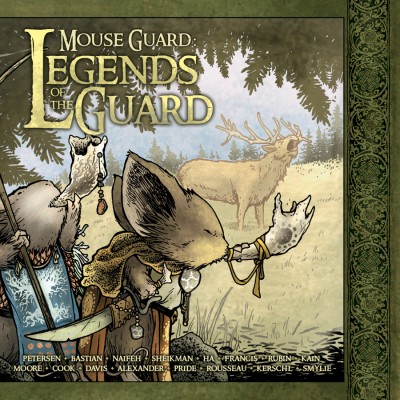Reviewer: Emera
Date read: 5.31.2012
Book from: Personal collection
Photo previously featured in the post “Some additions to the horde.”
In a village in ancient Norway lives a boy named Odd, and he’s had some very bad luck: His father perished in a Viking expedition; a tree fell on and shattered his leg; the endless freezing winter is making villagers dangerously grumpy.
Out in the forest Odd encounters a bear, a fox, and an eagle—three creatures with a strange story to tell. Now Odd is forced on a stranger journey than he had imagined—a journey to save Asgard, city of the gods, from the Frost Giants who have invaded it. It’s going to take a very special kind of twelve-year-old boy to outwit the Frost Giants, restore peace to the city of gods, and end the long winter. Someone cheerful and infuriating and clever . . . Someone just like Odd.
I did not expect to like this as much as I did. I wasn’t wild about the cover illustration (Helquist’s style ended up doing a lot more for me in the black and white interior art, where his lumpy-craggy shapes and light, scratchy hatching really shine), and was feeling a little surly and hacklesome when I decided to give the novel a try. (“Book, I dare you to charm me…”) But I came away from the read smiling, and kept smiling for a good long while afterward.
Odd and the Frost Giants is the tale of a wise fool, with Norse mythology woven in with surprising density. Careful descriptions of historical and natural detail (food, architecture, Odd’s means of survival in the Norwegian wilderness) deepen the thoughtful, inward-looking feel of the narrative, and as typical for Gaiman, the writing is elegantly compressed. I was moved by the sensitivity of his portrayals of Odd – an ingenious, plucky, but quietly sad child – and the singular Frost Giant whom he eventually meets, who in his anxious pathos bears a good deal of resemblance to Wilde’s Selfish Giant. Odd’s story is ultimately about looking deeply at other people, and understanding their needs and suffering.
Gaiman mentions in the author’s bio that he’s considering further Odd tales – I definitely wouldn’t say no to more.
Go to:




 Bone, Volume 1: Out From Boneville
Bone, Volume 1: Out From Boneville



